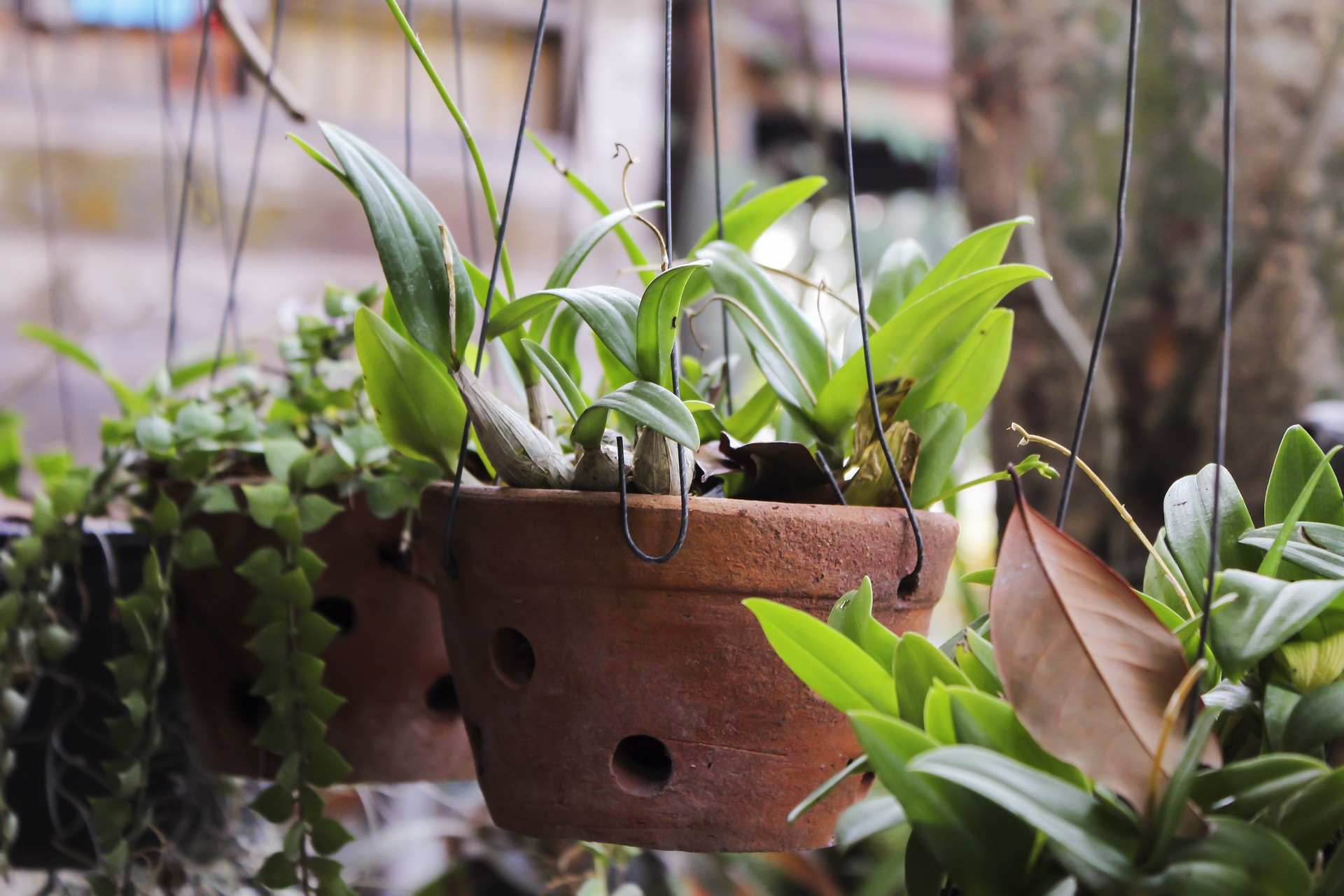How to choose the best roofing contractors?
Looking for the right roofing contractor? Learn how to evaluate experience, verify credentials, and compare services to make a confident choice. This guide covers the key factors to consider when selecting the best professionals for your roofing project.
What are the most common roofing issues in South Florida?
South Florida’s climate can wreak havoc on roofs. High humidity, intense sun exposure, and frequent storms lead to several common problems:
-
Algae and mold growth: The humid environment promotes the growth of algae and mold, which can damage roofing materials and compromise their integrity.
-
UV damage: Prolonged exposure to intense sunlight can cause roofing materials to deteriorate faster than in other regions.
-
Wind damage: Hurricane-force winds can lift and damage shingles, tiles, or other roofing materials.
-
Water intrusion: Heavy rains and potential flooding can lead to leaks and water damage if roofs are not properly maintained or installed.
-
Heat-related issues: The extreme heat can cause roofing materials to expand and contract, leading to cracks and other structural problems.
Understanding these issues is crucial for homeowners to properly maintain their roofs and choose the right roofing services.
How do roofing companies in South Florida address these challenges?
Roofing companies in South Florida have developed specialized techniques and services to address the unique challenges posed by the region’s climate:
-
Use of weather-resistant materials: Many companies offer roofing materials specifically designed to withstand high heat, humidity, and UV exposure.
-
Advanced waterproofing techniques: South Florida roofing experts employ cutting-edge waterproofing methods to prevent leaks and water intrusion during heavy rains and storms.
-
Wind mitigation strategies: Roofing professionals in the area are well-versed in installing roofs that can withstand high winds, often exceeding local building codes.
-
Regular maintenance programs: Many companies offer comprehensive maintenance plans to address issues like algae growth and UV damage before they become major problems.
-
Energy-efficient solutions: South Florida roofing companies often provide cool roofing options that reflect sunlight and reduce heat absorption, lowering energy costs for homeowners.
By employing these specialized techniques, roofing companies in South Florida ensure that homes are protected against the region’s unique climate challenges.
What are the best roofing materials for hot climates like South Florida?
Choosing the right roofing material is crucial for homes in hot climates like South Florida. Here are some of the best options:
-
Clay or concrete tiles: These materials are excellent at reflecting sunlight and withstanding high winds. They also have a long lifespan and are resistant to rot and insect damage.
-
Metal roofing: Highly reflective and durable, metal roofs can significantly reduce cooling costs and withstand extreme weather conditions.
-
Cool roof coatings: These specialized coatings can be applied to existing roofs to increase reflectivity and reduce heat absorption.
-
Slate roofing: While more expensive, slate is extremely durable and can withstand high temperatures and humidity.
-
Modified bitumen: This material is designed to reflect sunlight and resist UV damage, making it an excellent choice for flat or low-slope roofs in hot climates.
Each of these materials offers unique benefits for South Florida’s climate, and professional roofing companies can help homeowners choose the best option for their specific needs.
How often should homeowners in South Florida schedule roof cleaning and maintenance?
Regular roof cleaning and maintenance are essential in South Florida due to the harsh climate conditions. Here’s a general guideline for homeowners:
-
Inspections: Schedule professional roof inspections at least twice a year, ideally before and after hurricane season.
-
Cleaning: Depending on the roof type and surrounding environment, professional cleaning may be necessary every 1-3 years to remove algae, mold, and debris.
-
Gutter maintenance: Clean gutters at least twice a year to prevent water buildup and potential roof damage.
-
Trim nearby trees: Regularly trim trees near the roof to prevent damage from falling branches during storms.
-
Prompt repairs: Address any signs of damage or wear immediately to prevent small issues from becoming major problems.
Many roofing cleaning companies in the USA, including those in South Florida, offer maintenance plans that can help homeowners stay on top of these tasks and extend the life of their roofs.
What innovative roofing technologies are being used in hot climates?
Roofing technology has advanced significantly in recent years, with several innovations specifically designed for hot climates:
-
Cool roof systems: These roofs use highly reflective materials or coatings to significantly reduce heat absorption and lower cooling costs.
-
Solar tiles: Integrated solar roofing tiles can generate electricity while maintaining the aesthetic appeal of traditional roofing materials.
-
Green roofs: Vegetated roof systems can provide natural insulation and reduce urban heat island effects.
-
Smart ventilation systems: Advanced roof ventilation technologies help regulate attic temperatures and moisture levels, improving overall home energy efficiency.
-
Impact-resistant materials: New roofing materials are being developed to better withstand extreme weather events, including hurricanes and hailstorms.
These technologies not only improve the performance of roofs in hot climates but also contribute to increased energy efficiency and sustainability.
How do roofing costs in South Florida compare to national averages?
Roofing costs in South Florida can vary significantly depending on the materials used, the size of the roof, and the complexity of the installation. Here’s a comparison of average roofing costs in South Florida versus national averages:
| Roofing Material | South Florida Average Cost (per sq ft) | National Average Cost (per sq ft) |
|---|---|---|
| Asphalt Shingles | $3.50 - $5.50 | $3.00 - $5.00 |
| Metal Roofing | $7.00 - $12.00 | $6.00 - $11.00 |
| Clay Tiles | $10.00 - $18.00 | $8.00 - $16.00 |
| Concrete Tiles | $9.00 - $15.00 | $7.00 - $13.00 |
| Flat Roof Systems | $5.00 - $9.00 | $4.00 - $8.00 |
Prices, rates, or cost estimates mentioned in this article are based on the latest available information but may change over time. Independent research is advised before making financial decisions.
South Florida roofing costs tend to be slightly higher than national averages due to several factors:
-
Stricter building codes: Florida’s building codes are among the strictest in the nation due to hurricane risks, which can increase installation costs.
-
Higher demand: The frequent need for roof repairs and replacements in the region can drive up prices.
-
Specialized materials: The use of more durable, weather-resistant materials suited for the climate can increase overall costs.
-
Labor costs: The specialized skills required for installing roofs in this challenging climate can result in higher labor costs.
Despite the higher initial costs, investing in quality roofing materials and professional installation can lead to long-term savings through increased durability and energy efficiency.
In conclusion, roofing services in South Florida require specialized knowledge and techniques to address the unique challenges posed by the region’s climate. By understanding the best materials, maintenance practices, and innovative technologies available, homeowners can make informed decisions to protect their homes and increase energy efficiency. While costs may be slightly higher than national averages, the long-term benefits of a well-installed and maintained roof in this challenging environment are significant.
The shared information of this article is up-to-date as of the publishing date. For more up-to-date information, please conduct your own research.





